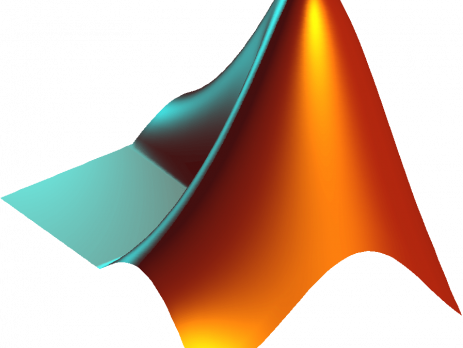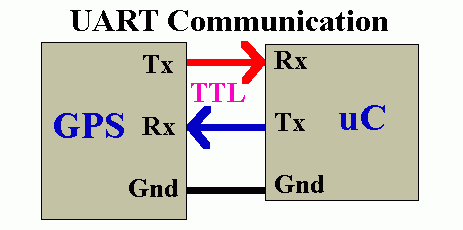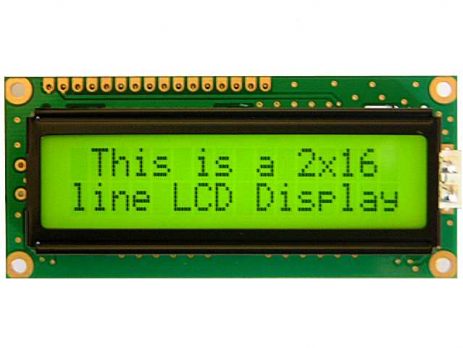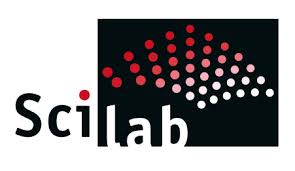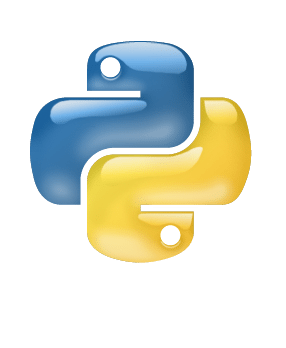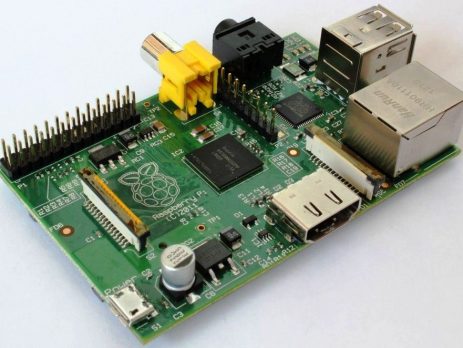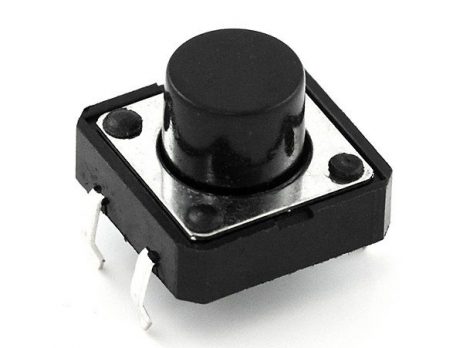Electronics tutorials including microcontroller, microprocessor, programing and circuits. Intended for beginners, electronics hobbyists, college students, professionals and educational purposes.
AM Generation using Matlab
Amplitude modulation (AM) is a one of the conventional modulation technique to transmit signals using a carrier wave. The amplitude or the strength of a high frequency carrier wave is changed in accordance with the amplitude of message signal. Generation of AM in MATLAB is a piece of cake. If you are new to MATLAB, please go through our tutorials. First of all lets get into the basics.. Carrier signal (Sc) = Acsin(2πfct) Message signal (Sm) = Amsin(2πfmt) Where, Ac - Amplitude of the carrier signal Am...


